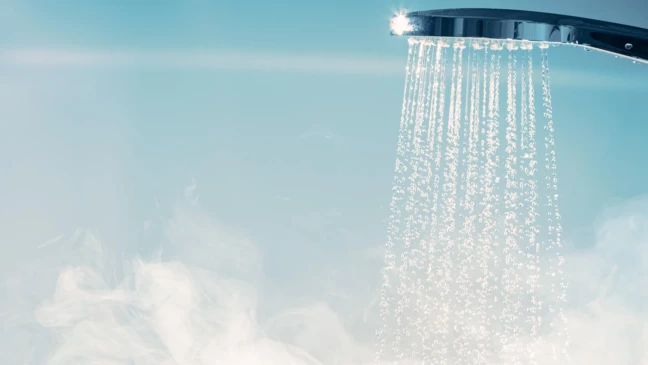
30.05.24
Disinfectant cleaning in sanitary areas
Cleaning sanitary areas presents facility managers and cleaning staff with a variety of challenges.
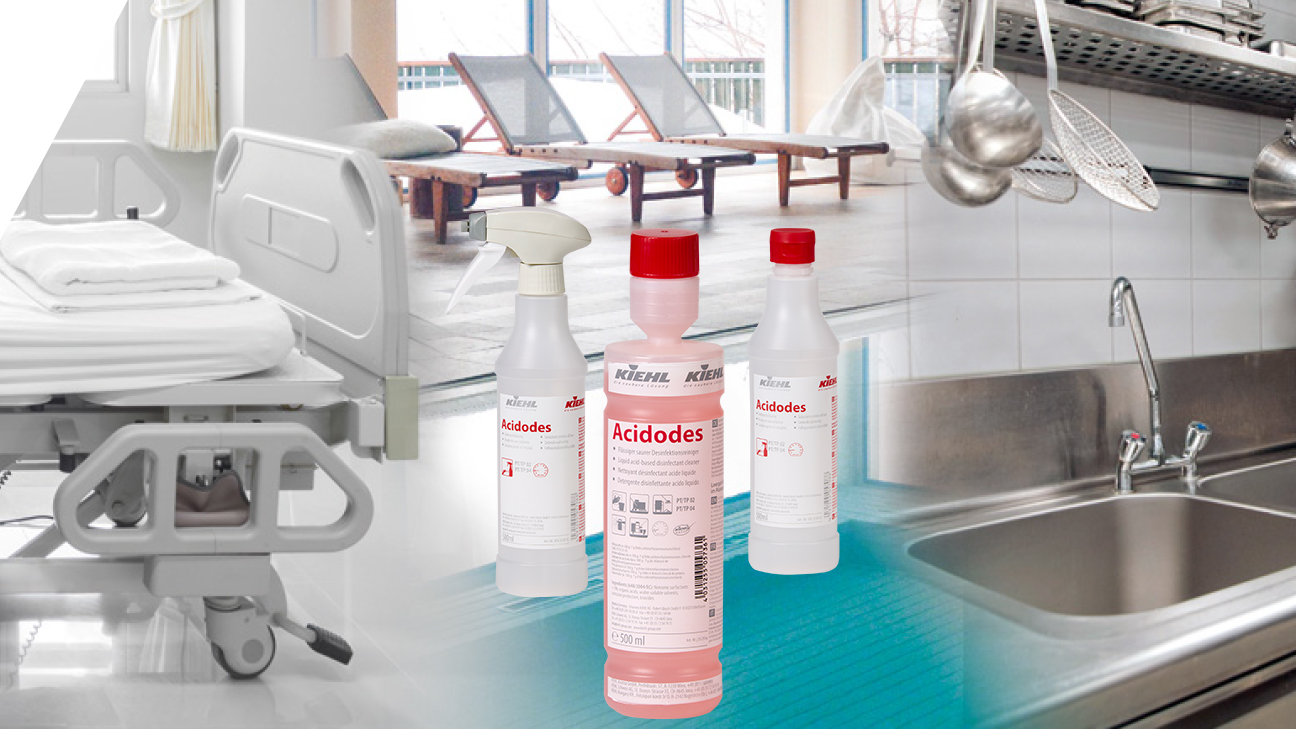
The variety of soiling and materials
On the one hand, the most diverse types of soiling are to be mentioned here, such as greasy and oily soiling caused by skin grease or skin care lotions, cosmetic residues, soap and shampoo residues, hair, but also stubborn mineral soiling such as limescale, urine scale or rust stains must be removed in order to offer users attractive premises.
The most diverse soiling and materials
In addition, there are a variety of different materials, such as tiles made of different materials, stainless steel, plastics, wood, but also acid-sensitive materials such as aluminum, cement joints, marble, etc.. It is therefore important to take care not to damage these often sensitive materials. In addition, there are a large number of different materials, such as tiles made of various materials, stainless steel, plastics, wood, but also acid-sensitive materials such as aluminum, cement joints, marble, etc. It is therefore important to take care not to damage these often sensitive materials.
We strongly advise against using products containing hydrochloric acid or acetic acid, as these have a high corrosion potential. Scouring agents or abrasive pads damage the surfaces, so that chrome-plated fittings, for example, show tiny signs of damage. If acids penetrate this damage, major damage is inevitable.
The need for disinfection in humid environments
A large number of microorganisms find ideal growth conditions in a moist environment. Disinfection of surfaces is therefore standard in many areas.
The distinction between routine disinfection and targeted disinfection
A distinction must be made here between standard routine disinfection, i.e. prophylactic disinfection without knowing specific germs, and targeted disinfection in the event of contamination or an outbreak.
Disinfection should always be carried out in the event of recognizable contamination and outbreaks. If the pathogen is known, a disinfection product with a suitable spectrum of efficacy can be selected.
Routine disinfection is recommended for healthcare facilities, for example, but also for swimming pools or retirement homes if the sanitary areas can be visited by different people. Here, cleaning and disinfection is recommended at least once a day.
Nursing bathtubs should also be disinfected when changing patients.
To meet all these requirements, you need a powerful but gentle sanitary cleaner. In a second step, the surfaces can then be disinfected.
The problem of the two-stage procedure
In the past, a combination of both steps proved to be difficult to implement, as the effectiveness of some disinfectants decreases significantly in an acidic environment. However, sanitary cleaners are particularly effective against strongly adhering mineral soiling in acidic environments. Proteins from skin particles and other soiling also interfere with the effect. Therefore, “clean first, then disinfect” was the seemingly safe way to maintain hygienically perfect sanitary areas – this is not only time-consuming, it also requires twice as many chemicals.
The two-stage procedure has another major disadvantage:
As residues of cleaning agents can reduce the disinfection performance, there is a risk that the disinfection carried out will not lead to the desired result. For patients, customers or guests, this means that there is still a risk of infection from the treated surfaces.
As part of intensive research, Johannes Kiehl KG has succeeded in solving this problem.
Innovative solutions for cleaning and disinfection
The Acidodes product combines a powerful sanitary cleaner with an effective disinfectant component.
The methanesulfonic acid used is not only biodegradable, it also combines powerful lime dissolving properties with good material compatibility, which is further enhanced by the addition of an anti-corrosion agent. Of course, application is only recommended on acid- and water-resistant materials; if in doubt, always test on an inconspicuous area.
The added surfactants remove organic soiling without negatively influencing the disinfection result. All efficacies are tested according to the current EN standards under so-called dirty conditions, so that normal, daily soiling can be cleaned and disinfected in one step. This saves time, chemicals and money and is particularly safe, as incompatibilities are ruled out.
The product is very economical, the desired disinfection result is achieved with a 1% application solution with an exposure time of just 15 minutes. If a shorter exposure time (5 minutes) is required, this can be achieved with a 2% solution. The product is not only effective against bacteria, yeasts and enveloped viruses, but also against wart viruses, which are a relevant problem in barefoot areas.
The product is registered in many European countries. By applying for approval under the European Biocidal Products Regulation (BPR), the product will continue to support the cleaning and disinfection of sanitary areas simply and effectively in the future.
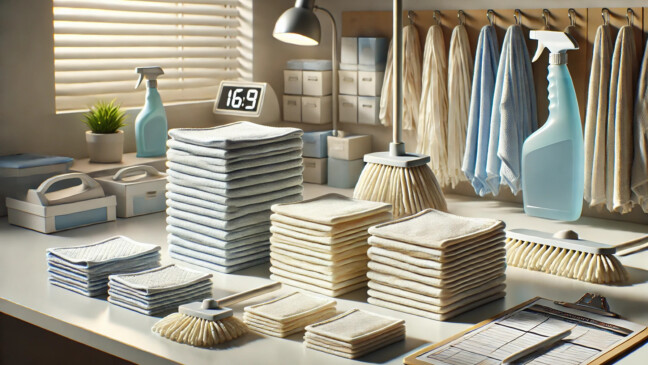
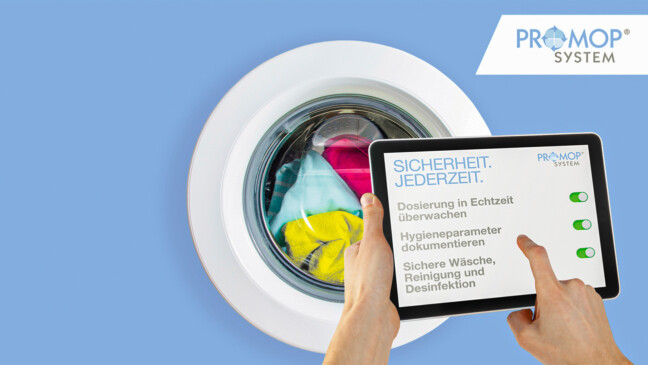
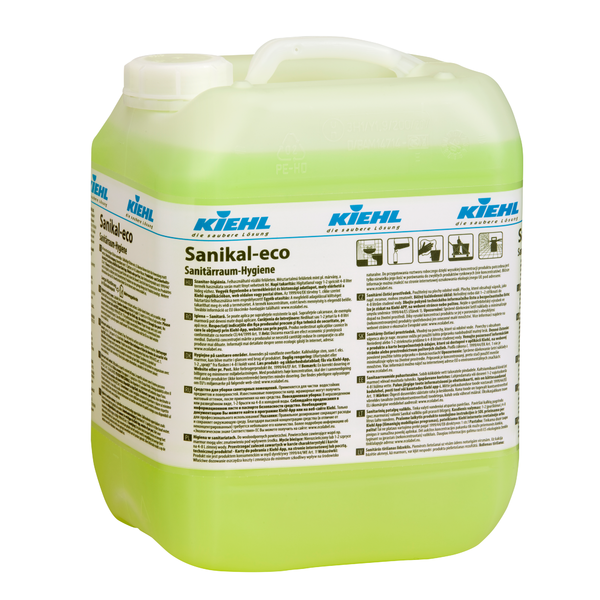
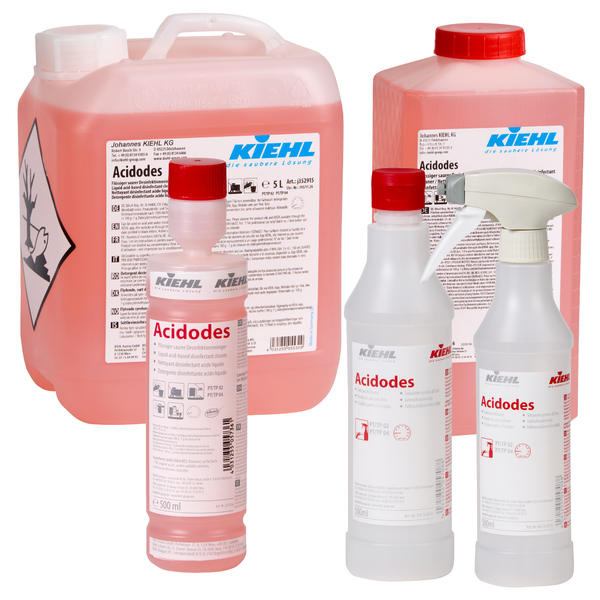
Tell us what you think
Be the first to comment this post.
You must be logged in to leave a comment.